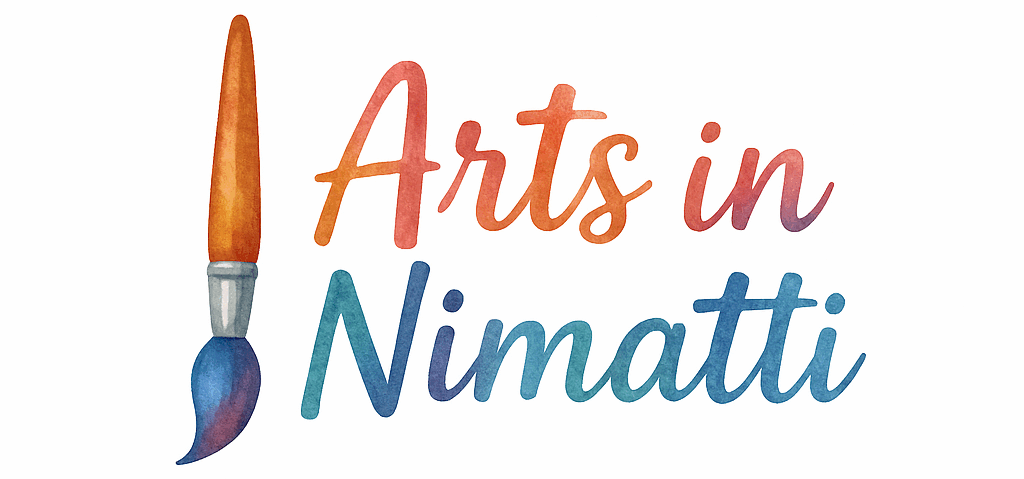Introduction
As an artist, long hours in the studio can be both mentally and physically taxing. Whether you’re creating paintings, sculptures, or working on digital art, it’s easy to get so absorbed in your work that you forget to take care of yourself. However, it’s essential to maintain a balance between productivity and well-being during long studio sessions.
In this article, we’ll explore 10 healthy practices that can help you stay energized, reduce the risk of injury, and boost your creativity during those extended hours. These tips will ensure that you can continue working at your best, without sacrificing your health.
1. Prioritize Proper Posture
Why Posture Matters
When you’re engrossed in your artwork, it’s easy to slip into poor posture. Whether you’re hunched over a canvas or slouching at a desk, incorrect posture can lead to back, neck, and shoulder pain. This discomfort can quickly become distracting, reducing your ability to focus and causing long-term musculoskeletal problems.
How to Maintain Good Posture in the Studio
To combat these issues, make it a priority to maintain proper posture. Sit or stand with your back straight, shoulders relaxed, and feet flat on the floor. If you’re sitting, ensure your chair provides support for your lower back, and avoid slouching. If you’re working at an easel, adjust the height so that you don’t have to strain your neck or arms. For more tips on maintaining good posture during studio time, check out our Art Education section.
2. Take Regular Breaks
The Importance of Breaks
Sitting or standing in the same position for hours on end can strain your body and mind. Taking regular breaks is crucial for maintaining energy levels, improving focus, and preventing injury. Studies show that regular breaks boost productivity and creativity, allowing you to return to your work with fresh eyes and a clearer mind.
How Often Should You Take a Break?
A good rule of thumb is to take a 5-10 minute break every hour. Stand up, stretch, walk around, or do a light activity to get your blood flowing. You can also use your breaks to refresh your mind by reading a book, listening to music, or brainstorming new ideas for your next project. For more ways to optimize your work habits, check out our Art Productivity tips.

3. Stay Hydrated
Benefits of Staying Hydrated
Hydration is essential for maintaining mental clarity, focus, and physical endurance. Dehydration can cause fatigue, headaches, and reduced cognitive function—something you definitely don’t want during long studio sessions. Make sure you’re drinking enough water throughout the day to keep your body and mind performing at their best.
Tips for Drinking More Water
To stay on top of your hydration, keep a water bottle near your work area. You can set reminders on your phone to take a sip every 30 minutes or so. Adding natural flavoring, like cucumber or lemon, can make water more appealing and encourage you to drink more. Want more tips on staying healthy while working? Visit our Inspiration page for ideas.
4. Create a Comfortable Work Environment
Setting Up Your Studio for Comfort
A comfortable workspace is essential for long studio sessions. An uncomfortable chair, poor lighting, or a cluttered desk can contribute to physical discomfort and mental fatigue. Take the time to set up a studio space that promotes comfort and creativity.
The Right Lighting and Ergonomics
Good lighting is crucial for avoiding eye strain and maintaining focus. Natural light is ideal, but if that’s not possible, invest in quality task lighting that mimics daylight. Ergonomics also plays a role in comfort—ensure your workspace is set up to support good posture and easy movement. For more tips on designing a comfortable studio, check out our Art Business section.
5. Stretching and Movement
The Benefits of Stretching
Stretching isn’t just for athletes—it’s vital for anyone who spends long hours working. Stretching helps to keep muscles flexible and prevent stiffness, which is especially important for artists who spend extended periods sitting or standing in one position.
Stretching Routines for Artists
Incorporate simple stretches into your routine to relieve tension in your back, shoulders, wrists, and neck. Gentle stretches, such as arm circles, shoulder rolls, and wrist stretches, can be done every hour to keep your muscles loose and relaxed. Interested in learning more about how stretching can benefit your art practice? Visit our Art Techniques page for expert tips.
6. Nutrition for Focus and Energy
Fueling Your Body for Long Sessions
The food you eat directly impacts your energy levels and cognitive function. For long studio sessions, it’s important to fuel your body with nutrient-dense foods that provide sustained energy.
Quick and Healthy Snacks
Opt for snacks that combine protein, healthy fats, and fiber to keep you feeling full and energized. Some great options include nuts, fruits, yogurt, or a whole-grain wrap with lean protein. Avoid sugary snacks, as they can lead to energy crashes. Want to learn more about how nutrition impacts creativity? Check out our Art Productive page for more insights.
7. Mindfulness and Stress Management
Mindfulness Techniques for Artists
Art can be both a therapeutic and stressful activity, especially during long sessions. Practicing mindfulness can help reduce stress and enhance focus. Taking a few moments to center yourself, breathe deeply, or practice meditation can improve your mental clarity and overall well-being.
Stress Relief Through Art
Art is inherently therapeutic, but it can also be a source of stress. Embrace the process rather than focusing solely on the end result. Practice mindfulness by allowing yourself to be fully immersed in the act of creation, letting go of any anxiety about outcomes. Learn more about integrating mindfulness into your art practice at Creative Habits.
8. Listen to Your Body
How to Recognize Fatigue
It’s easy to push yourself when you’re deep into your work, but ignoring your body’s signals can lead to burnout. Pay attention to your body’s cues—if you feel tired, dizzy, or stiff, it’s time to take a break.
When to Stop and Rest
Don’t be afraid to stop when you’re tired. Your body’s need for rest is just as important as your need for creative output. If you push yourself too hard, your performance may actually suffer. To avoid overworking yourself, remember to take breaks and rest when needed. Explore more about balancing your creative energy on our Artist Life page.
9. Keep Your Workspace Organized
The Importance of an Organized Studio
A cluttered workspace can cause distractions, increase stress, and lower your productivity. Keeping your studio organized helps you stay focused and creative, allowing you to find tools and materials quickly without disrupting your flow.
Tips for Keeping Your Studio Clean
Make it a habit to clean your workspace regularly. This will not only keep you organized but also create a more pleasant environment that encourages productivity. Consider using storage solutions like baskets, shelves, or drawer organizers to keep your materials in order. Need more ideas on organizing your workspace? Visit Art Portfolio for expert advice.
10. Set Boundaries and Work-Life Balance
Why Setting Boundaries is Important
Artists often face the challenge of balancing work and personal life, especially when passion projects consume large chunks of time. Setting boundaries between studio time and personal time is crucial for maintaining a healthy work-life balance.
How to Balance Your Studio Time
Create a schedule that includes set hours for studio work and personal time. Stick to these hours as much as possible and avoid overworking yourself. This will help you stay productive while also preventing burnout. For more on balancing your work and life as an artist, visit our Art Travel page.
Conclusion
Long studio sessions are a vital part of the artistic process, but they can also take a physical and mental toll on your health. By incorporating these 10 healthy practices, you can ensure that your creative time is productive and sustainable. From taking regular breaks to maintaining good posture and nutrition, these habits will help you stay energized, focused, and injury-free during your artistic journey.
FAQs
- How often should I take breaks during long studio sessions?
- It’s recommended to take a 5-10 minute break every hour to keep your mind and body refreshed.
- What should I eat during long studio sessions?
- Opt for healthy snacks like nuts, fruits, and yogurt to maintain your energy levels.
- Why is good posture important in the studio?
- Good posture prevents neck, back, and shoulder pain, helping you work for longer hours without discomfort.
- How can I manage stress during intense art sessions?
- Practice mindfulness techniques, like deep breathing or meditation, to reduce stress and improve focus.
- What stretches should I do during long studio sessions?
- Stretch your neck, shoulders, arms, and wrists regularly to keep muscles relaxed and prevent stiffness.
- How can I create a comfortable studio environment?
- Ensure your workspace is ergonomically designed, with good lighting and a supportive chair.
- How can I avoid burnout as an artist?
- Set boundaries between work and personal time, and make sure to rest when your body signals that you need it.
4o mini


